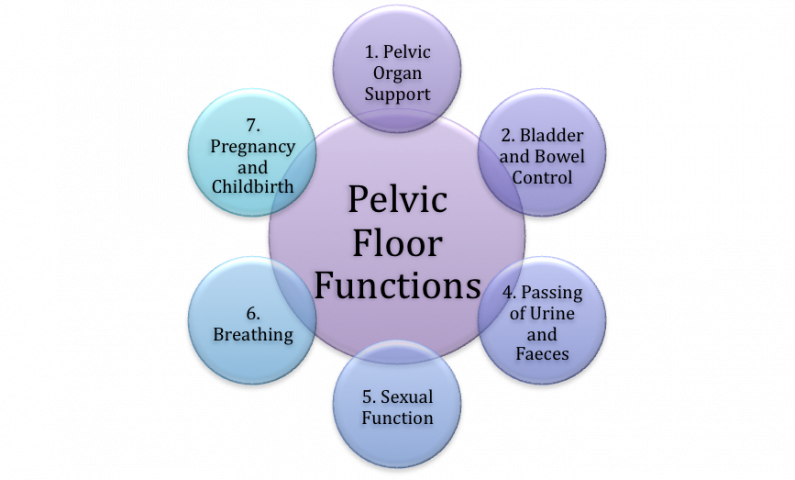pelvic floor dyssynergia causes
Stress bacteria andor inflammation can cause the pelvic floor muscles to elicit a protective response tightening of the muscles to protect against the stressor. Biofeedback remains a morbidity free low-cost and effective outpatient therapy for well-motivated patients complaining of functional constipation and.

Constipation And Pelvic Floor Dyssynergia What Do They Have In Common The Pelvic Expert
Anal sphincter dyssynergia also known as pelvic floor dyssynergia is the weakening of the pelvic floor or sphincters in the anus.
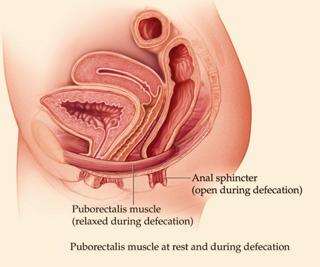
. These are muscles located in the lower abdomen that allow bowel movements to pass normally. Dyssynergic defecation occurs when the pelvic floor muscles are unable to coordinate with the surrounding. An example of anorectal dysfunction that can contribute to constipation is a condition called Pelvic Floor Dyssynergia also referred to as anismus.
Often times a paradoxical contraction may occur when attempting to relax the pelvic floor muscles further inhibiting bowel function and emptying. In many cases the cause of the dysfunction is unknown. Urinary issues such as the urge to urinate or.
Pelvic floor dyssynergia and pelvic floor dysfunction are caused by impaired relaxation of the external anal sphincter impaired relaxation of the puborectalis muscle or decreased propulsion of. What causes pelvic floor dyssynergia. Also if there is a.
Prostatitis can have many causes including bacteria sexually transmitted infections or trauma to the nervous system. Pelvic floor dyssynergia is a behavioural disorder that is the result of an unintentional habit. The pelvic floor are the muscles that attach to the pelvis in the abdomen.
Biofeedback training is the treatment of choice. Pelvic floor dyssynergia means that your pelvic muscles are contracting and closing the rectum rather than relaxing and opening the sphincter when you attempt to have a bowel movement. 9 A study showed that patients with inadequate defecatory propulsion or who cannot appropriately increase propulsive forces with or without contraction or less than 20 relaxation of anal sphincter.
To determine if there was a singular cause that led to your pelvic floor dyssynergia or if multiple events played a part your GP will discuss your medical history. The pelvic floor is composed of a group of muscles that span the underlying. Defecation Dyssynergia is most commonly due to the inability of the pelvic floor or anal sphincter muscles to relax during defecation.
Pelvic floor dysfunction symptoms closely resemble prostatitis which is an infection or inflammation of the prostate a male reproductive gland. The current diagnostic criteria Rome III includes inadequate defecatory propulsion as another cause of a defecation disorder besides dyssynergic defecaton. Pelvic floor muscle tightening results in increased straining and may even be painful.
A paradoxical contraction is when the pelvic floor muscles contract when they are supposed to. Other causes have been noted. The authors review the evidence for this approach and conclude that although controlled.
Anal sphincter dyssynergia can be caused by obstructions but mostly improper relaxing of the anal sphincters or pelvic floor muscle during defecation. It is marked by the failure of pelvic floor muscles to relax or a paradoxical contraction of the pelvic floor muscles with defecation. It is often a habit of an ineffective posture and behaviour you have when you try and have a bowel movement.
Less than three bowel movements per week. Disorders may result from pelvic surgery radiation treatments and in some cases pregnancy or vaginal delivery of a child. PFD can be caused by injury to the nerves and muscles of the pelvic area through such things as surgery pregnancy and vaginal childbirth.
The pelvic floor muscles. Excessive straining when having a bowel movement. It is important to understand that Pelvic Floor Dysfunction can occur whether prostatitis is present or not.
Dyssynergic defecation is a condition that affects the pelvic floor muscles. Recently biofeedback training has been introduced as an alternative treatment. Pelvic floor dyssynergia is one of the commonest subtypes of constipation and the conventional treatment dietary fibre and laxatives is often unsatisfactory.
So when on the toilet the pelvic floor muscles are creating a serious kink on the rectum and its very difficult to push the bowel motion out without straining pain or causing anal fissures little tears in the anus. Inadequate rectal andor abdominal propulsive force Impaired anal relaxation or. If you are diagnosed with pelvic floor dysfunction you may experience symptoms including.
Women are affected by one type of pelvic floor disorder in her lifetime. Pelvic Floor Dysfunction in men is often diagnosed as Prostatitis. Symptoms of pelvic floor dyssynergia include.
Based on the principle of operant conditioning biofeedback provides auditory and visual feedback to help retrain the pelvic floor and relax the anal sphincter. Using your fingers to help you have a. Pain in your lower back.
The physiological mechanisms of DD include inability to coordinate abdominal rectoanal and pelvic floor muscles during defecation because of causes such as. Causes are generally unknown but possible factors include pregnancy and childbirth a history of passing hard or painful stool and psychological factors including a history of abuse. The primary causes of pelvic floor dysfunction include pregnancy obesity and menopause.
Once patients with pelvic floor constipation have these basic tools they can begin retraining the pelvic floor muscles with biofeedback. In constipation the pelvic floor muscles are tight and overactive and do not know how to relax. At Carolina Pelvic Health Center specially trained pelvic floor physical.
Childbirth Pregnancy Rectal injury Repeated passage of hard stool Sexual abuse. A pelvic floor disorder occurs when the pelvic muscles and connective tissue in the pelvis weaken or are injured. How to Fix Pelvic Floor Dyssynergia.
An estimated one-third of all US. The pelvic floor muscles do this by supporting organs such as the rectum uterus and bladder. Some women are genetically predisposed to developing pelvic floor dysfunction born with naturally weaker connective tissue and fascia.

Pelvic Floor Dysfunction And Fertility Fertilitytips Com
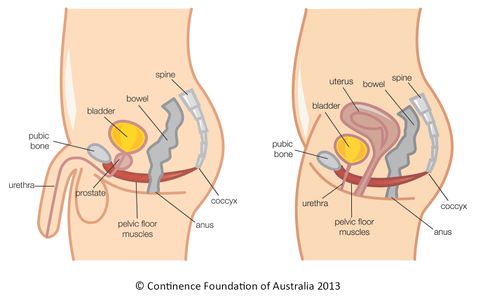
Pelvic Floor Dysfunction Physiopedia

Pelvic Floor Dysfunction The Signs Symptoms And Treatments

Constipation And Pelvic Floor Dyssynergia What Do They Have In Common The Pelvic Expert

Pelvic Floor Disorders Pelvic Girdle Pain And Symphysis Pubis Dysfunction Following Sports Injury Caring Medical Florida

Dyssynergia An Overview Sciencedirect Topics

Why Your Pelvic Floor May Be The Cause Of Your Digestive Problems
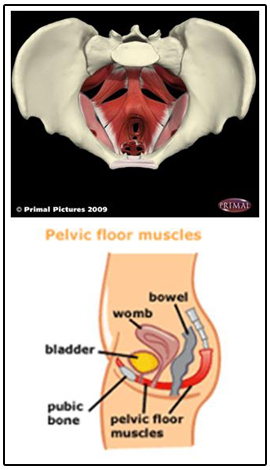
Pelvic Floor Muscle Dysfunction Pfmd Pamela Morrison Pelvic Pain Physical Therapist P C

Pdf Pelvic Floor Dysfunction And Biofeedback In The Pathophysiology And Treatment Of Constipation Semantic Scholar

Constipation And Pelvic Floor Dyssynergia What Do They Have In Common The Pelvic Expert
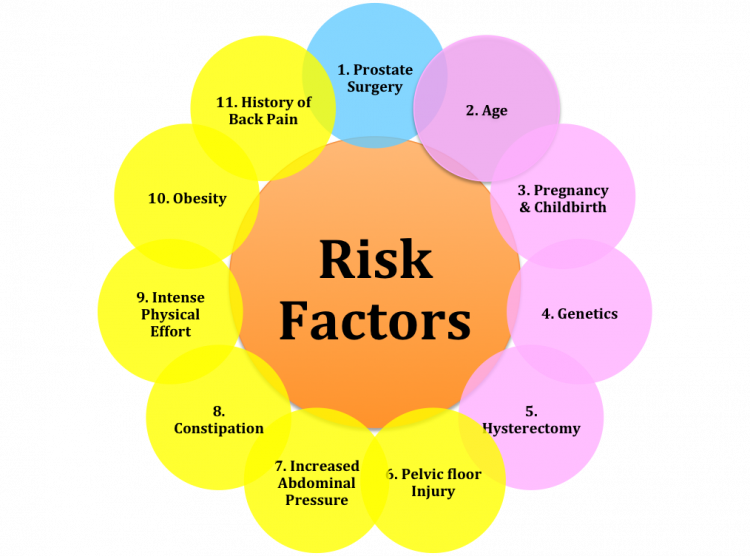
Pelvic Floor Dysfunction Physiopedia

Pelvic Floor Dysfunction Gastrointestinal Society

Pelvic Floor Blog Zion Physical Therapy
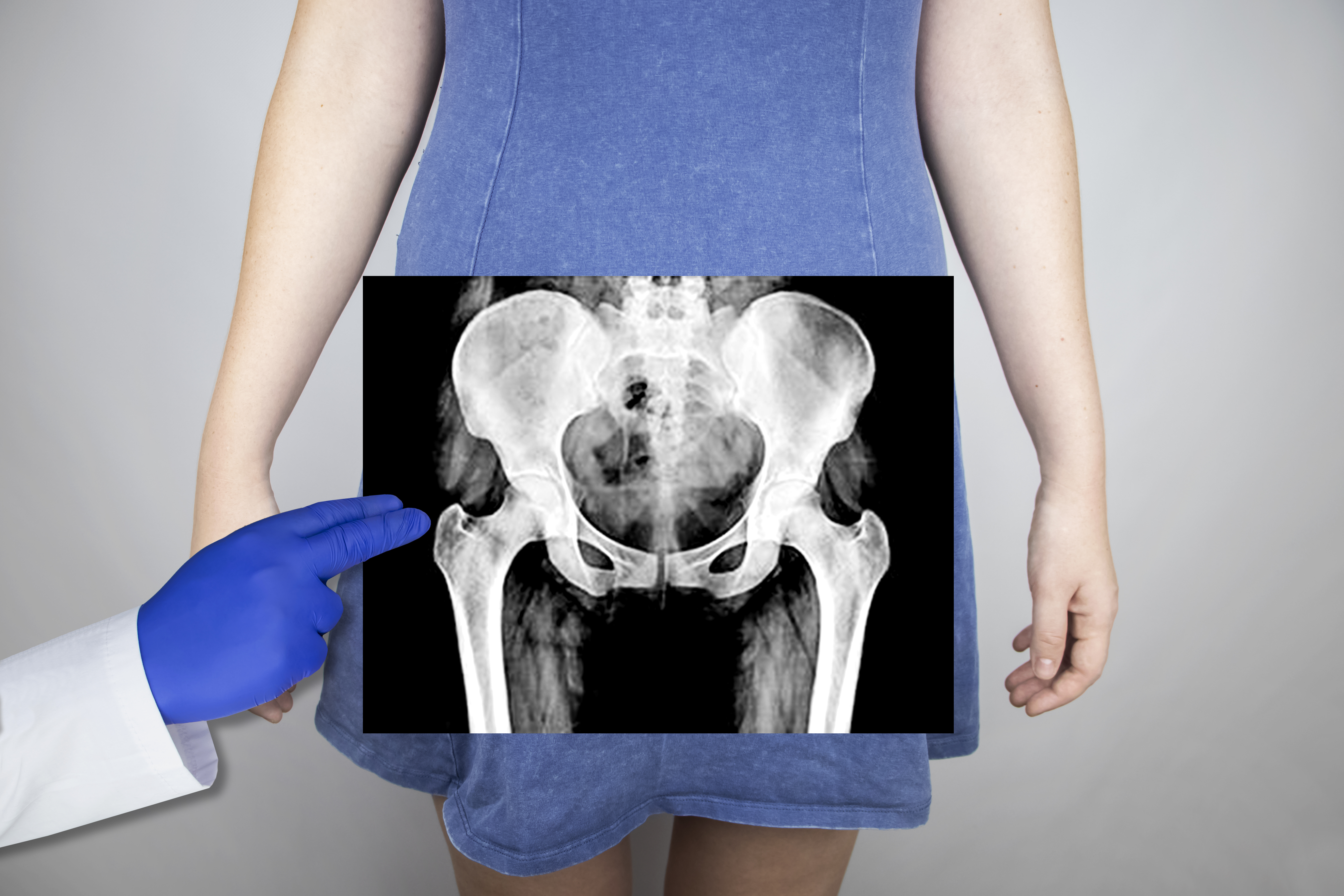
What Is Pelvic Floor Dyssynergia Advanced Gynecology
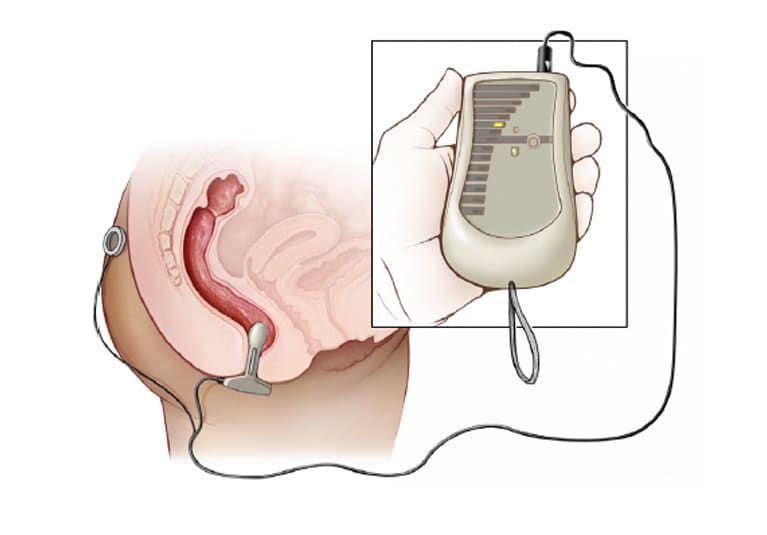
Unique Intensive Curriculum Helps Patients Retrain Pelvic Floor Muscles Mayo Clinic

Pdf Systematic Review The Role Of Pelvic Floor Muscles Dysfunction In Constipation Semantic Scholar

Anismus Pamela Morrison Pelvic Pain Physical Therapist P C
